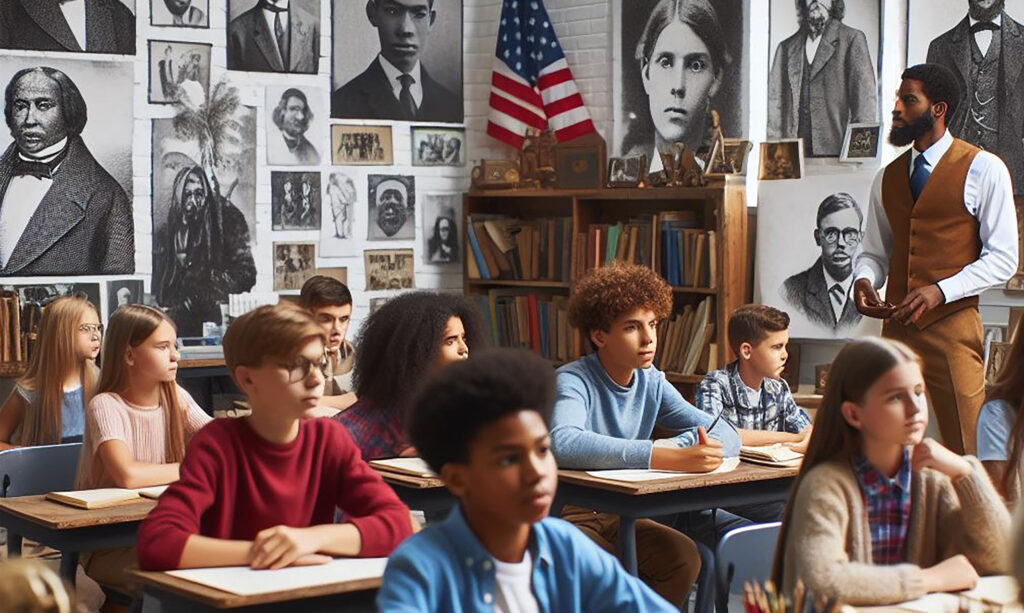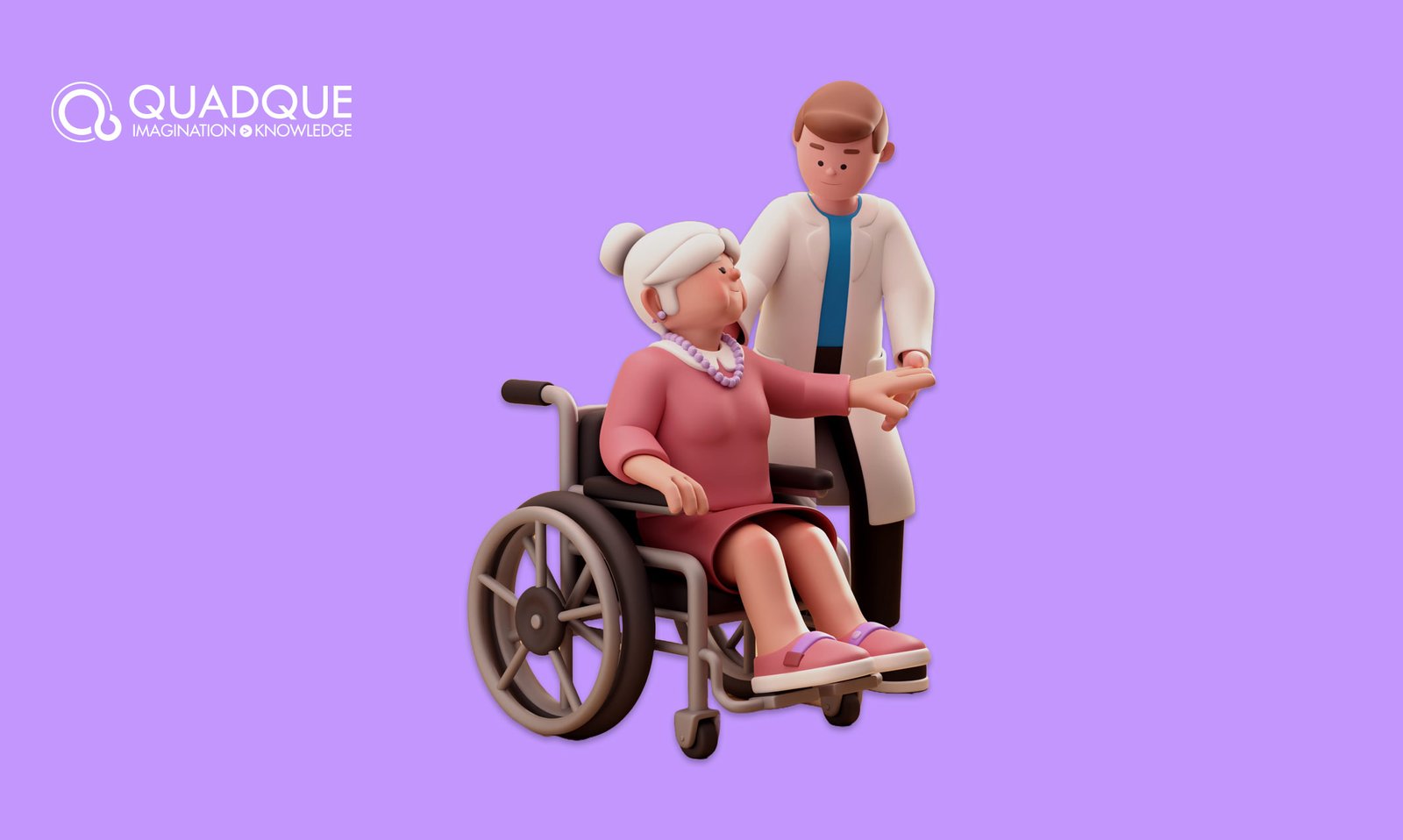
Public vs. Private Schools Education in USA
Overview:
The American education system is a complex network of public and private institutions offering education from early childhood through higher education. This system includes a variety of school types, funding mechanisms, and educational outcomes. One of the most significant distinctions within this system is between public and private schools, each offering unique advantages and challenges. This article explores the differences between public and private schools in the USA and their impact on education and provides a comprehensive perspective on this critical topic.
Key Topics and Modules
1. American Education System
The American education system comprises K–12 education and higher education, supported by a mix of public and private institutions. Understanding the structure and governance of this system is crucial for comprehending the impact of different types of schools.
2. K–12 Education
K-12 education covers kindergarten through 12th grade, forming the foundation of the American education system. This section will discuss the general structure of K-12 education and the roles of public and private schools within it.
3. Higher Education in the USA
Higher education includes colleges and universities that offer undergraduate and graduate degrees. The distinction between public and private institutions also extends to higher education, affecting tuition, funding, and educational quality.
Differences Between Public and Private Schools
4. Public vs. Private Schools
Public schools are funded by government sources, while private schools rely on tuition, donations, and endowments. This fundamental difference influences various aspects of education, from curriculum to student diversity.
5. Education Policy
Education policies at the federal, state, and local levels affect both public and private schools. These policies determine funding, curriculum standards, and accountability measures.
6. School Funding
Public schools are primarily funded through local, state, and federal taxes. In contrast, private schools depend on tuition fees and private donations. Funding disparities can lead to differences in resources and educational quality.
7. Teacher Salaries in the USA
Teacher salaries vary significantly between public and private schools. Public school teachers are generally paid according to state salary schedules, while private school teachers’ salaries are set by individual institutions.
Curriculum and Educational Standards
8. Standardized Testing
Standardized testing is more prevalent in public schools due to federal and state accountability requirements. Private schools have more flexibility in testing but often use standardized tests for admissions and assessments.
9. School Curriculum
Public schools must adhere to state curriculum standards, while private schools have more freedom to design their curricula. This can lead to variations in educational approaches and subjects offered.
10. Educational Inequality
Differences in funding and resources can exacerbate educational inequality between public and private schools. This section will explore how these disparities impact student outcomes and access to quality education.
Special Focus Areas
11. STEM Education in the USA
Both public and private schools emphasize STEM (Science, Technology, Engineering, and Mathematics) education, but resource availability can vary. This section examines how each type of school approaches STEM education.
12. Charter Schools
Charter schools are publicly funded but operate independently of the traditional public school system. They offer an alternative to traditional public schools, often with a focus on innovative teaching methods.
13. Vocational Training
Vocational training provides students with practical skills for specific careers. This section compares the availability and quality of vocational programs in public and private schools.
Educational Outcomes and Impact
14. Graduation Rates
Graduation rates can vary between public and private schools due to differences in resources, student support services, and academic expectations. This section explores these variations and their implications.
15. Education Technology
The integration of education technology varies between public and private schools. This section examines how technology is used to enhance learning and the disparities that exist in access to technological resources.
16. Homeschooling in the USA
Homeschooling is an alternative to traditional public and private schooling. This section discusses the reasons families choose homeschooling and how it compares to other educational options.
Steps and Guidelines for Choosing the Right School
17. School Choice
Parents and students in the USA have various options when it comes to choosing a school. This section provides guidelines on evaluating public and private schools to make informed decisions.
18. College Admissions Process
The college admissions process can differ significantly for students from public and private schools. This section covers the factors that colleges consider and how they view applicants from different educational backgrounds.
19. Educational Standards
Educational standards ensure that students receive a consistent quality of education. This section compares the standards and expectations in public and private schools.
20. Teacher Training Programs
Teacher training and professional development are crucial for maintaining educational quality. This section compares the training programs and opportunities available to teachers in public and private schools.
Addressing Challenges and Enhancing Education
21. School Safety
School safety is a priority for both public and private schools, but approaches and resources can differ. This section examines safety measures and their effectiveness in different school settings.
22. Education Law
Education laws govern the operation of schools and protect students’ rights. This section explores key legal considerations for public and private schools.
23. Literacy Rates
Literacy is a fundamental goal of education. This section compares literacy rates between public and private school students and examines the factors that influence literacy outcomes.
24. Bilingual Education
Bilingual education programs are offered in both public and private schools, but availability and quality can vary. This section explores the benefits and challenges of bilingual education.
25. Common Core
The Common Core State Standards provide a framework for what students should know at each grade level. This section discusses the adoption and implementation of Common Core in public and private schools.
Support Services and Professional Development
26. Early Childhood Education
Early childhood education sets the foundation for lifelong learning. This section compares early childhood programs in public and private schools.
27. Special Education Services
Providing appropriate services for students with special needs is a key concern for both public and private schools. This section explores the availability and quality of special education services.
28. Education Grants
Grants can provide essential funding for schools and students. This section covers the types of grants available and how they are used in public and private schools.
29. Higher Education Institutions
Higher education institutions in the USA include public universities, private colleges, and community colleges. This section compares these institutions in terms of cost, quality, and outcomes.
30. Dropout Rates
Dropout rates are a critical indicator of a school’s effectiveness. This section examines dropout rates in public and private schools and the factors that contribute to student retention.
31. Educational Outcomes
Educational outcomes encompass academic achievement, graduation rates, and post-secondary success. This section compares outcomes for students in public and private schools.
32. Student Achievement
Student achievement is influenced by various factors, including resources, teaching quality, and family support. This section explores how public and private schools support student achievement.
33. School Administration
Effective school administration is essential for student success. This section compares the administrative structures and practices in public and private schools.
34. Classroom Management
Classroom management strategies can vary between public and private schools. This section covers effective techniques for maintaining a positive and productive learning environment.
35. Educational Equity
Ensuring that all students have access to high-quality education is a major challenge. This section explores efforts to achieve educational equity in public and private schools.
Final Thoughts
Public vs Private Schools: Which is Better?
The debate over whether public or private schools provide a better education is ongoing. This section summarizes the key differences and considerations for parents and students.
Future Trends in Education
Education is constantly evolving. This section looks at future trends in both public and private education, including technology integration, personalized learning, and policy changes.
Conclusion:
Education in the USA is characterized by a diverse array of public and private institutions, each with its own strengths and challenges. Public schools offer accessible education funded by government sources, while private schools provide alternative curricula and individualized attention, often at a higher cost. Understanding the differences between these school types, including their impact on student outcomes, is crucial for making informed decisions about education. By examining factors such as funding, curriculum, educational standards, and teacher training, we can appreciate the complexities of the American education system and work towards providing equitable and high-quality education for all students.
Whether you choose a public or private school, the most important factor is finding an environment where students can thrive and achieve their full potential. Both types of schools have the potential to provide excellent education, depending on the needs and circumstances of the student and their family. By staying informed and engaged in the education process, parents and educators can help ensure that every child receives the best possible education.
Recent Posts
- Sustainable Graphic Design for 2024 and Beyond
- Profit Power: Maximizing Revenue Growth with CRM Software
- Medical and Elderly Care in the UK: Strategies for Sustainable Growth
- Securing Educational Excellence: IT Support for the Digital Era
- Tech Transformation: The Untold Story of Bangladesh’s Innovation Hub
Recent Comments
Latest Post
Categories
- AI
- Biometric
- Blockchain
- Cloud Computing
- CRM
- custom software
- Cybersecurity
- Data Analysis
- Datacenter Management
- Designer
- Digital Marketing
- Education
- health care
- Informative
- ISP Management
- IT Procurement
- IT Recruitment
- IT Support
- Mobile App
- Network Management
- Robotics Landscape
- SAP ERP
- SEO
- Structured Cabling
- Tech Australia
- Tech bangladesh
- Technology
- tourism
- Uncategorized
- Web Development



